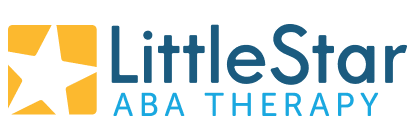Congratulations to two of our staff member on becoming Board Certified Behavior Analysts!
Congrats to two of our staff members – Maggie Dickson and Casey Moore on becoming Board Certified Behavior Analysts!
Maggie Dickson, our Assistant Clinical Director, earned her Masters of Science in Applied Behavior Analysis from Northeastern University in August 2010 and a Bachelor’s of Science in Psychology from Western Michigan University prior to that. Her career in autism started in 2004 in an ABA based early intervention preschool classroom and continued on to working for the Center for Autism at WMU as an undergraduate therapist in the Parent Training Clinic and Behavior and Diagnostic Clinic. While completing her Master’s, she worked full-time at the New England Center for Children from as a case-manager.
Casey Moore, a Program Manager, earned his undergraduate degree in Psychology from Western Michigan University in 2006. During that time, Casey worked at a school for preschoolers with autism and learned about the effectiveness of ABA. He then moved to Massachusetts and for the next three years worked full-time as a Behavioral Therapist for self-injurious and aggressive boys at the New England Center for Children while simultaneously earning his Masters degree from Northeastern University.
